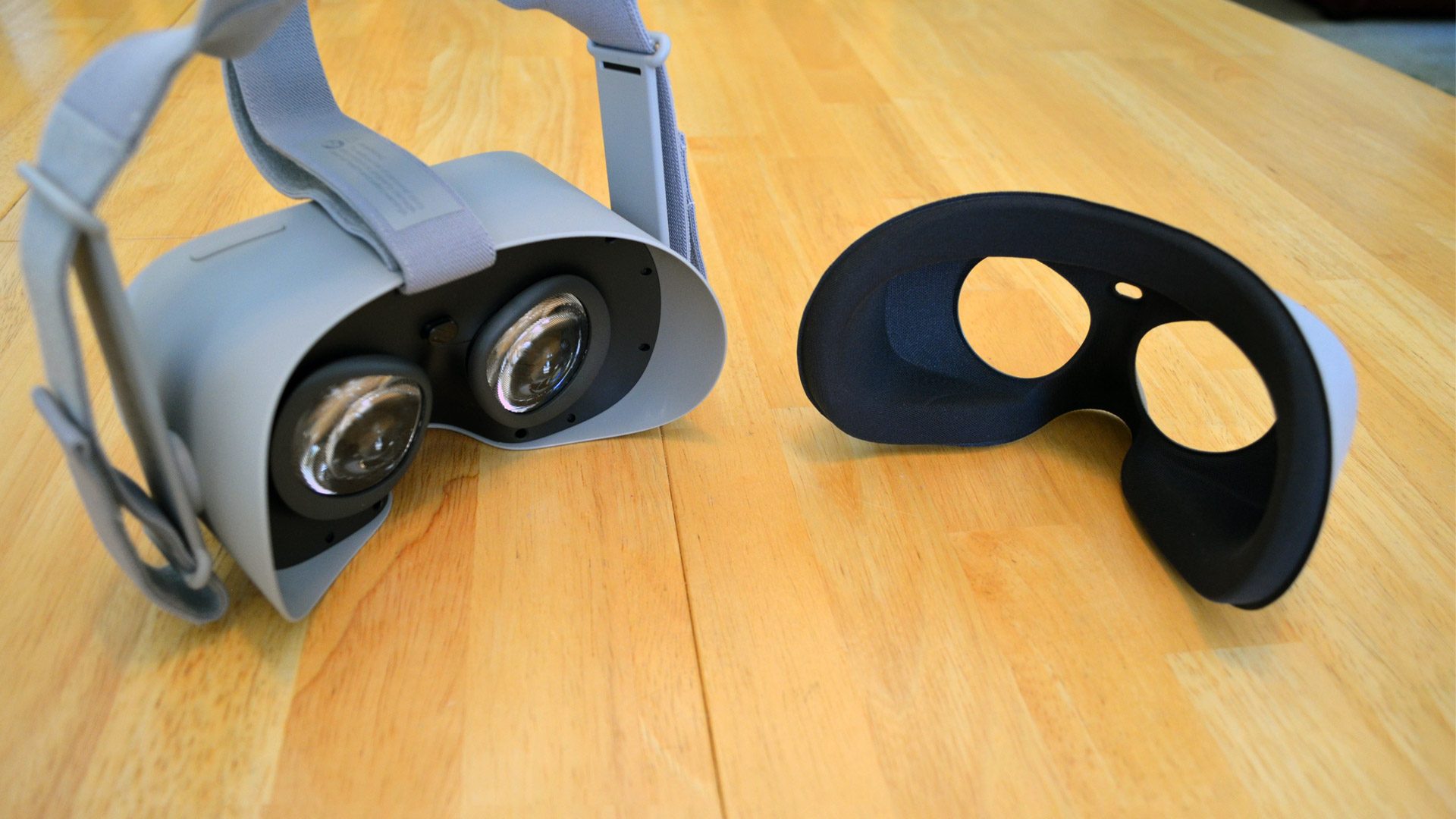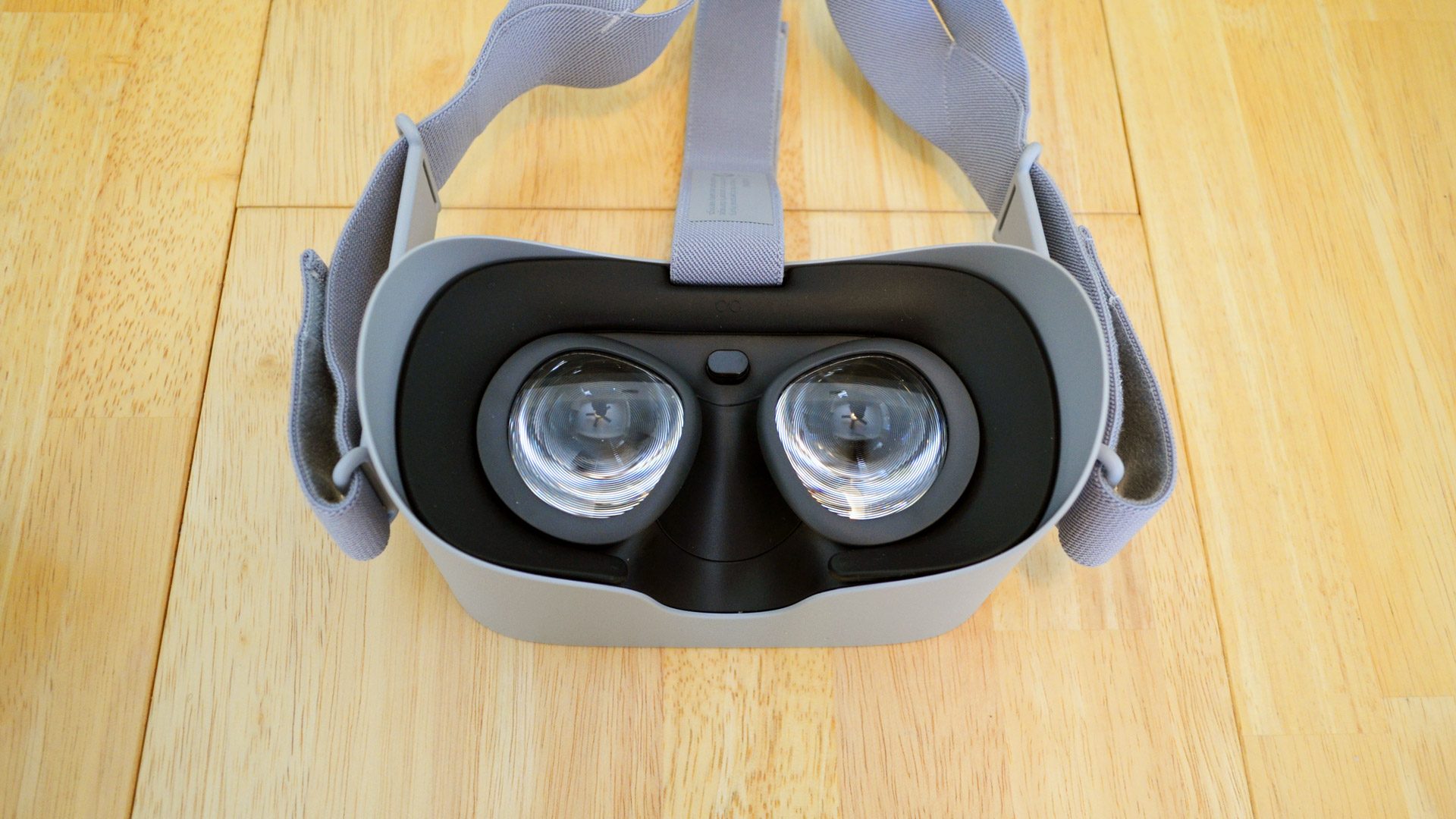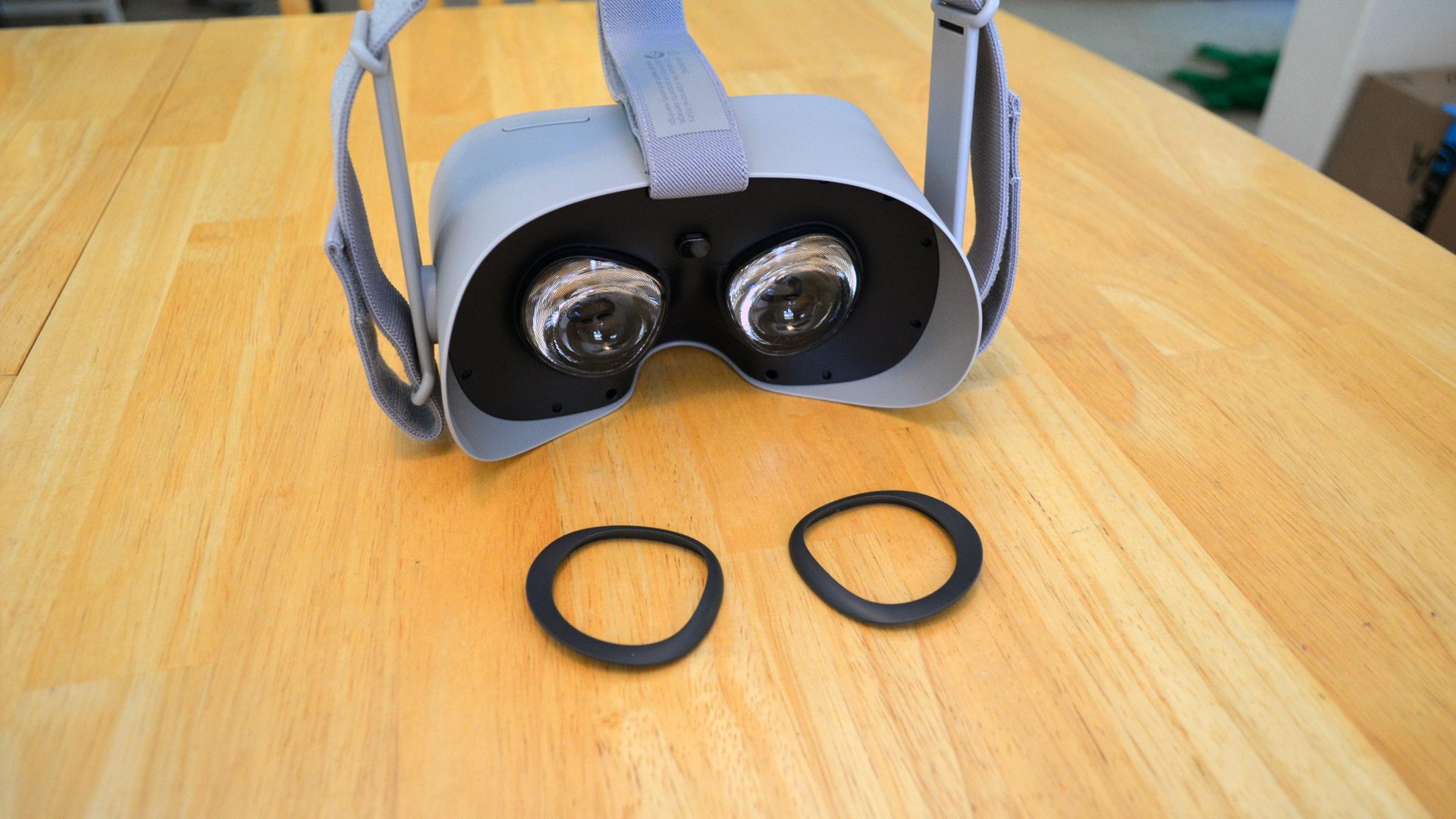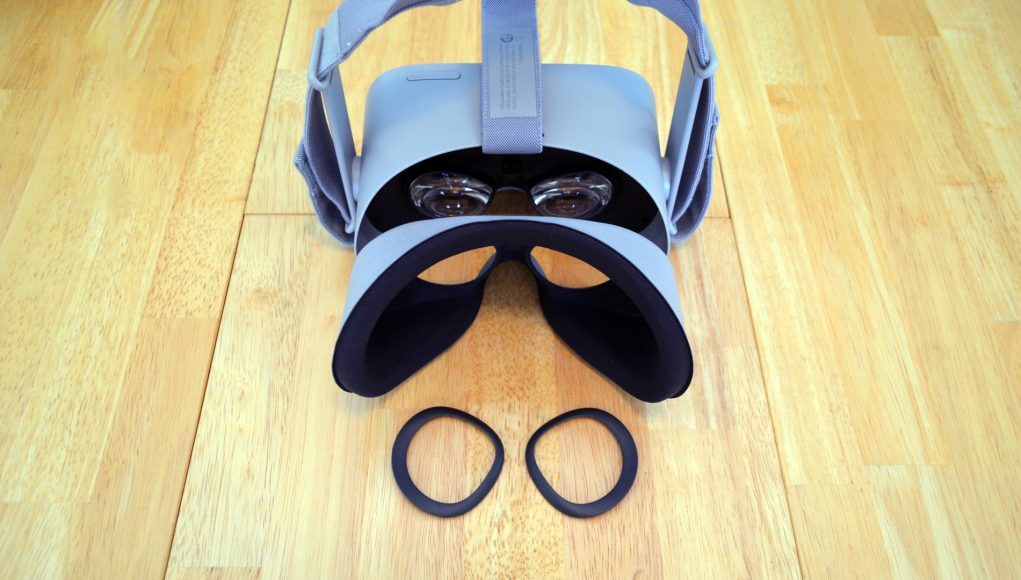Oculus Go, the company’s $200 standalone headset, is finally here. While the headset retains much of the basic functionality of Samsung Gear VR, including access to the communal Oculus app store, there’s a few neat ergonomic updates to the headset that aim to set itself apart. Case in point: Oculus Go drops Gear VR’s focus wheel, and provides a few ways to use your own glasses.
Go comes with a rubber gasket spacer which can be inserted behind the headset’s facial foam, increasing the lens-to-eye distance to make room for glasses.

It’s admittedly a little awkward to install, so you probably won’t be mounting and unmounting it at a moments notice—if you have an uncommon prescription, or two different prescriptions for each eye, there’s nothing better than using your own glasses.

Maybe the second best option is the little detachable plastic brackets which Oculus says are designed to allow perception lenses add-ons to be attached. There isn’t any info on prescription lens manufacturing partners yet but we’ve been told they will eventually appear Oculus.com/glasses, which ought to have a list of providers at some point.

If you’re interested in Oculus Go, check out our full review for a deep dive into Oculus’ first standalone VR headset.
Update (1:40 PM ET): According to the Oculus Go startup guide, the following sizes of glasses will fit into the headset: Width: 142mm or less, Height: 50mm or less.
You can also now buy Oculus Go prescription lenses from FramesDirect for $80 which are available in 1.60 Hi Index Essilor lenses with anti-reflective coating.
We have feet on the ground at this year’s F8 2018 where we’ll be bringing you coverage on all things AR and VR. Check back soon.







